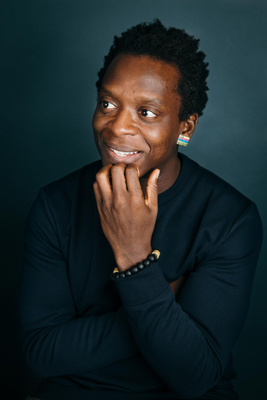“We want someone who sounds like…” are words familiar to any voice over artist. The client wants someone to sound like this famous actor, or gives a brief inspired by that popular character. Alternatively the job might actually be to take on the voice of another person requiring a whole different set of skills.
So how does a voice over artist walk that fine line of sounding similar yet still fresh? Or bring another person’s voice to life? We decided to ask someone with lots of experience!
Read our full interview with voice over artist Kobna Holdbrook-Smith.
How do you approach a voiceover when given a specific actor or character for inspiration?
I start with a bit of friendly mockery. It's really broad and unspecific but that magnification shows the key features of a voice/accent. If I want to sound like someone without copying them outright this stripping-back usually does the trick.
For one job I had to wax knowledgeably on [rap-influenced] culture in New York so I dipped into embarrassing boyhood imitations of rappers and Hip Hop DJs and those quarrelling Brooklynites from early Spike Lee joints. From US politicians I added some unswerving ideological passion and from schoolteachers I borrowed some clarity of expression. Either by stripping back or adding on, the basic mimicry stays familiar but is changed.
Are there times as a voice over artist that you’ve struggled to get that balance right?
Always! It boils down to authenticity. A 'serious' impersonation can be quite narrow, making the 'correct' route easy to see, but if I don't believe myself it's tough to see how others will and that's harder to place when you're being funny. The difference is mostly interior. I once played a man speaking English with a Chinese accent and I wasn't pre-warned. With the help of a British-Chinese actor I worked through all the sounds until I was confident that it sounded authentic.
How do you approach voiceovers where you are actually performing as a well-known voice?
Recognisable people need a different style of detail and I prefer to find that through repetition, so I mimic broadly but then hone that down, and down, and down (that's three downs.)
Voice placement/tones come almost automatically but with phrasing and phonemes I need to write them down and practice. I've found that there are usually sides of a character they want. More warmth or more aggression or more smarts… so that can make things tricky. In fact, I have sometimes struggled to match my own sample until I hit upon exactly which side they had heard and wanted back.
For more from Kobna, read his fascinating piece on being a Black British voice over artist: Relevant, Different – Irrelevant, Similar.


